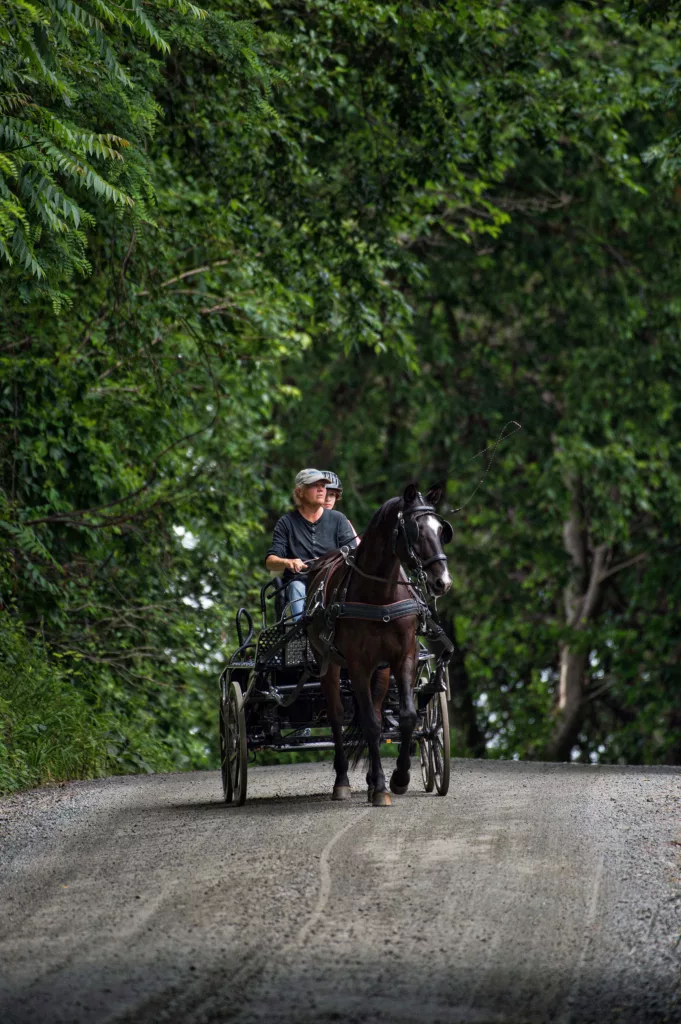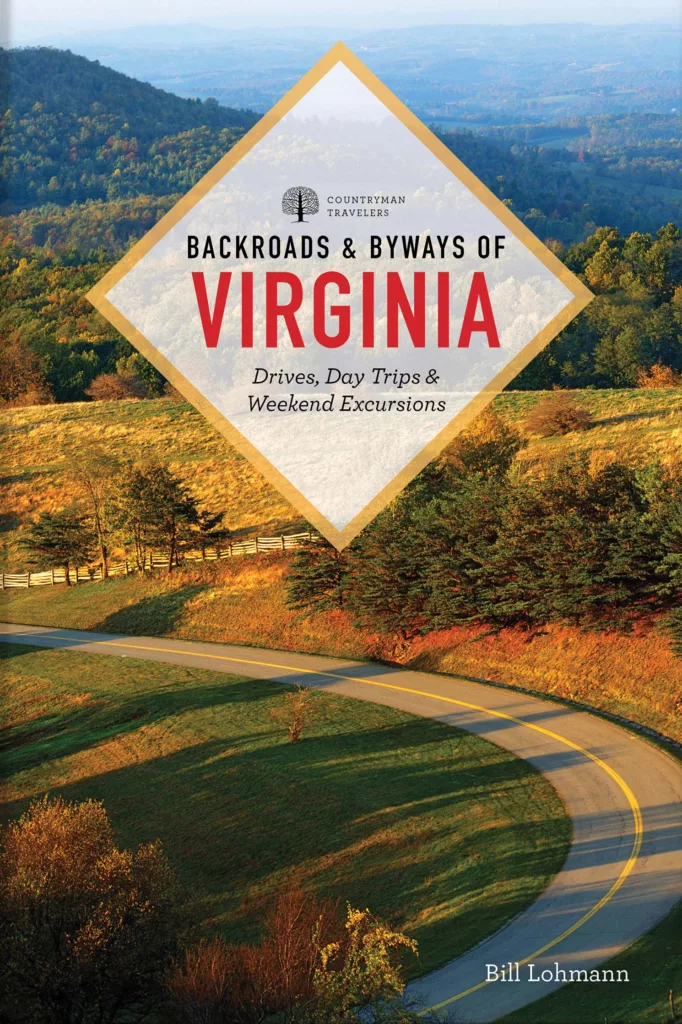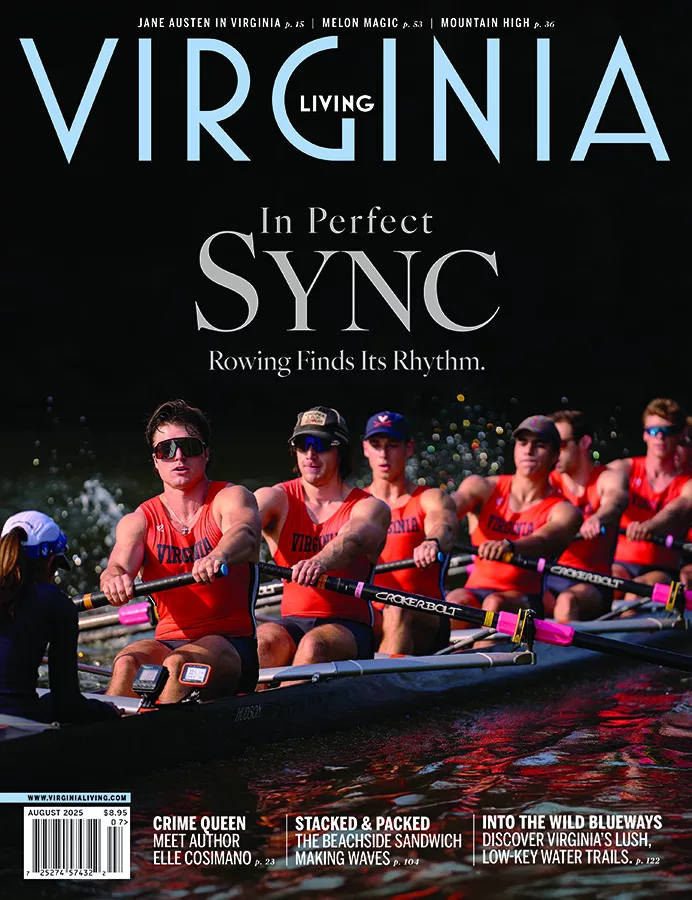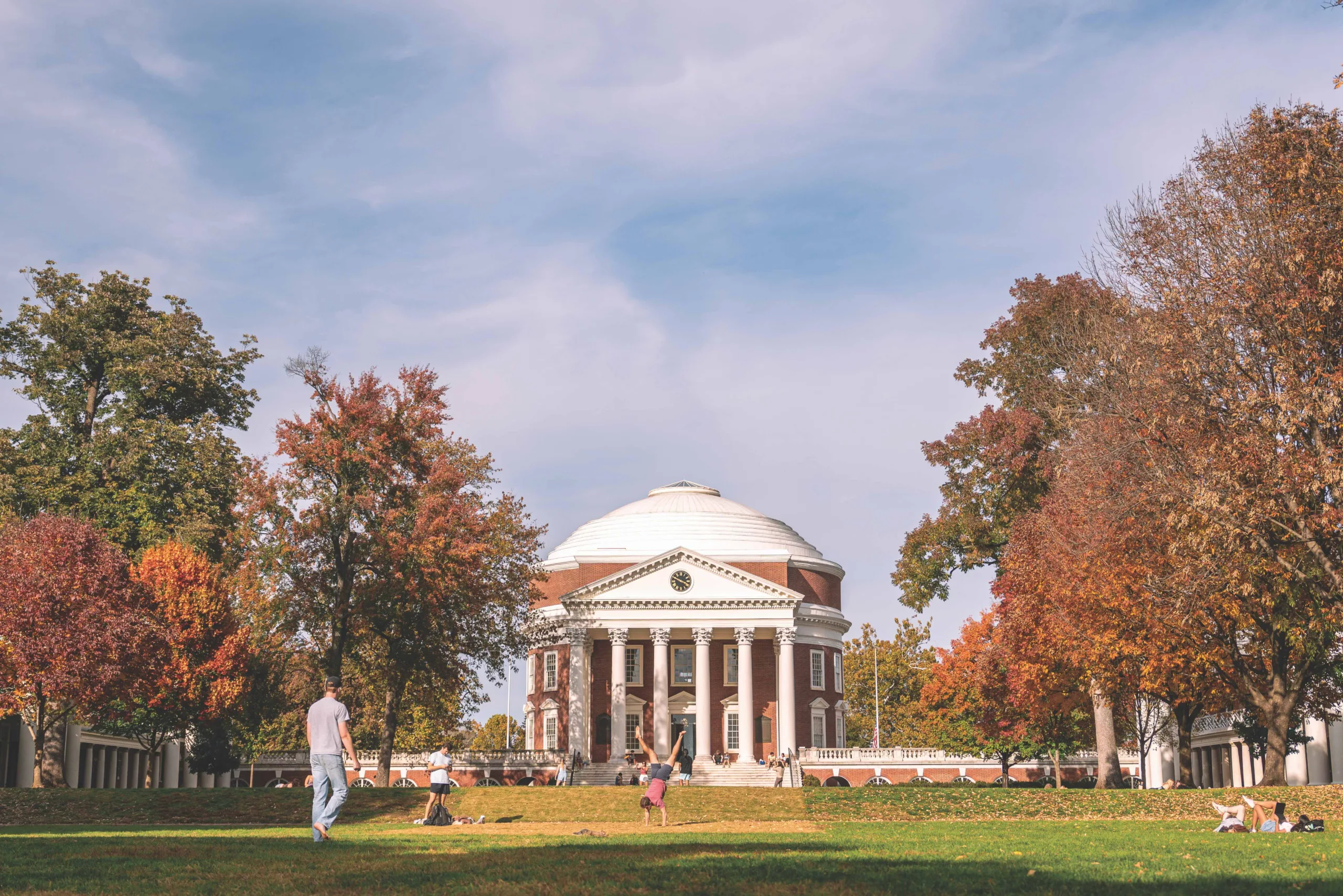By Regan Hofmann
Something happens when you leave the pavement. Suddenly, the journey becomes more about where you are than where you are going. You have arrived somewhere special even though you are still on your way.
Whether it’s the tire of your car or bike, your sneaker, or a horse’s steel-clad shoe that crosses over to a gravel road, it matters not. However you get there, there is something distinctly magical about getting off the macadam.
There can be a sense of transgression when encountering an unpaved road. You wonder if the road is public, whether you might be lost. But, like all rivers and their beds, America’s rural routes are indeed public and yours to explore and savor.
If you are in a car, maybe the windows get rolled down—no matter the season. You hear frogs in nearby bogs on spring nights, crickets on summer evenings, owls calling from wind-rustled trees in September, the low bellow of cattle across a frozen field come winter.
You are part of what is around you, not just hurtling through it.
There are courtesies and connections—some borne out of necessity, some because the roads’ slower pace alters your mindset, allowing interactions.
On narrow stretches of unpaved roads—where one lane serves both directions—non-verbal negotiations between strangers, or neighbors, determine who goes first. Travelers themselves write the rules on gravel roads. There is the wave of the one who went, and the one who waited.
For regular visitors to these roads, they often serve as a town hall of sorts, a place where people look each other in the eye, shake a hand, pet a dog or a sheep or a horse, or hold up a baby and make her laugh.
While the U.S. is latticed with gravel roads, Loudoun County’s nearly 300 miles of breathtakingly picturesque unpaved roads are unique in America. Each mile is part of a national treasure tracing the birth of our nation. Most of the land and buildings along these roads remain as they were hundreds of years ago. Trees that once offered shade to Civil War soldiers provide respite from the sun for runners, dog walkers, and equestrians.
Loudoun’s rural road network is a living museum. Its preservation would save this portal into the nation’s history and protect its rural businesses and lifestyles. Preserving gravel roads also protects wildlife and ecosystems from the potential harmful effects of paving, including high-speed traffic that kills animals and road treatments contaminating water.
With expansion from the Washington metropolitan area creeping in and the relocation of a growing number of residents, Loudoun’s gravel roads are under increasing threat of being paved.
Enter America’s Routes, a nonprofit organization founded by two journalists and two preservationists who joined forces to document, share, and protect Loudoun’s gravel roads to help preserve the local rural economies and lifestyles that depend on them.
Thanks to their work, the Virginia State Legislature passed the new “Rural Roads Bill” this spring, which specifies that state funds given to counties to improve unpaved roads may be used for improvements other than paving. The Virginia Department of Transportation now has new ways to reduce dust, potholes, and wash boarding on unpaved roads.
So next time you are in Loudoun County, or you are looking for a byway rather than a highway, slow your roll onto some local gravel. Who knows? You might even be inspired to join the new breed of road warrior, protecting those precious places where the pavement ends. AmericasRoutes.com

The third edition of Backroads & Byways of Virginia: Drives, Day Trips, and Weekend Excursions, by Richmond’s own Bill Lohmann—updated and revised—hits bookstores in mid-November. If you want to get to know Virginia, beyond the suburbs of D.C. and Virginia Beach, pick up a copy, where you’ll find 19 itineraries throughout the Commonwealth that’ll lead you down roads less traveled. While some may be paved, others not so much. But these are the backroads and byways that are the best way to see the state’s most beautiful nooks and crannies that interstates miss—from the Crooked Road to Tangier Island, the plantations of Route 5, and more. (W. W. Norton/Countryman Press)

This article originally appeared in the December 2024 issue.










